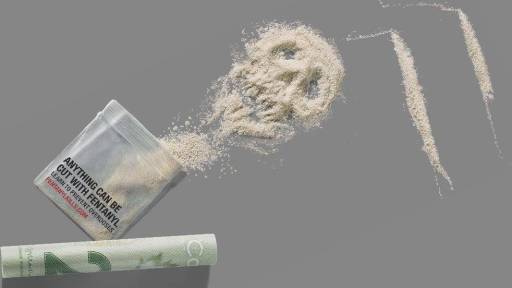Paramedics in Prince George are being pushed to the limit once again when it comes to the illicit drug crisis.
According to BC Emergency Health Services, local medics have responded to 1,068 overdose calls this year, already surpassing last year’s mark of 999.
In addition, October was the highest month for overdose calls in the northern capital as the total reached 145.
Ryan Panton with the BC Coroners Service told Vista Radio the province as a whole could reach the grim milestone of 2-thousand illicit drug deaths by the end of the year.
“We are sort of averaging about 150 deaths per month and if the trends continue I feel like we will surpass that two thousand and I also think it is important to note that any action that we take now could yield some impact sooner rather than later.”
Province-wide, 1,534 people have died due to illicit drugs between January and September – the highest amount ever recorded during the first nine months of a calendar year.
So far this year, 38% of all overdose deaths in the province were people in the 50 and over age category.
Here is a breakdown of the number of drug overdose deaths by age group:
- Under-19 – 22
- 19-29 – 213
- 30-39 – 375
- 40-49 – 334
- 50-59 – 383
- 60- 69 – 185
- 70-79 – 21
- Unknown – 1
Out of the 333 combined illicit drug deaths in August and September, 272 (81.6%) of them were from people in the 30-59 age bracket.
In terms of the illicit drug toxicity death rate per age group, those 50-59 have the highest rate at 71.2 per 100,000 residents followed by 40-49 (68.1 per 100,000) and those between the ages of 30-39 (65.8 per 100,000).
When asked what more could be done to improve prevention resources in places like that in the north, Panton feels the province’s submission to the federal government to decriminalize small amounts of drugs is a good first step.
“I think that will do a lot in terms of lessening the stigma surrounding substance use, so hopefully, preventing people from using alone in more high-risk situations but I also think we need to recognize the need to expand the access to safe supply.”
“We need more access to drug checking services and we really need to take steps to move this crisis away from sort of the enforcement approach and really focus on substance use as a health care issue.”
Panton added substances like fentanyl does not discriminate when it comes to age or community size.
“What we want people to understand is that this crisis can tough everyone no matter what your age, where you live in the province. We need to be aware that toxic drugs are circulating and there is an inherent risk to anyone that uses substances no matter who they are or where they are.”
Between 2018 and this year, fentanyl is the most commonly detected drug in overdose deaths at 87% followed by cocaine (48%), and methamphetamines (39.2%).
Since January of 2020, Northern Health has tallied 227 illicit overdose deaths – that equates to about 11 per month with the rate being on par with Victoria (224 deaths over the same period).
So far this year, 97 people in our health region have lost their lives to illicit drugs, 35 of which took place in Prince George.
The Coroners Service noted Northern Health continues to have the second-highest drug toxicity rate among all five health authorities in BC at 42.8 per 100,000 – nearly two points behind Vancouver Coastal at 44.6.
In terms of Health Service Delivery Area, the Northern Interior, which encompasses PG-Quesnel-Burns Lake and the Robson Valley has a drug toxicity death rate of 40.9, which is the sixth-highest in BC.
Vancouver is miles ahead with a rate of 65.6 – a difference of about 25 points.



